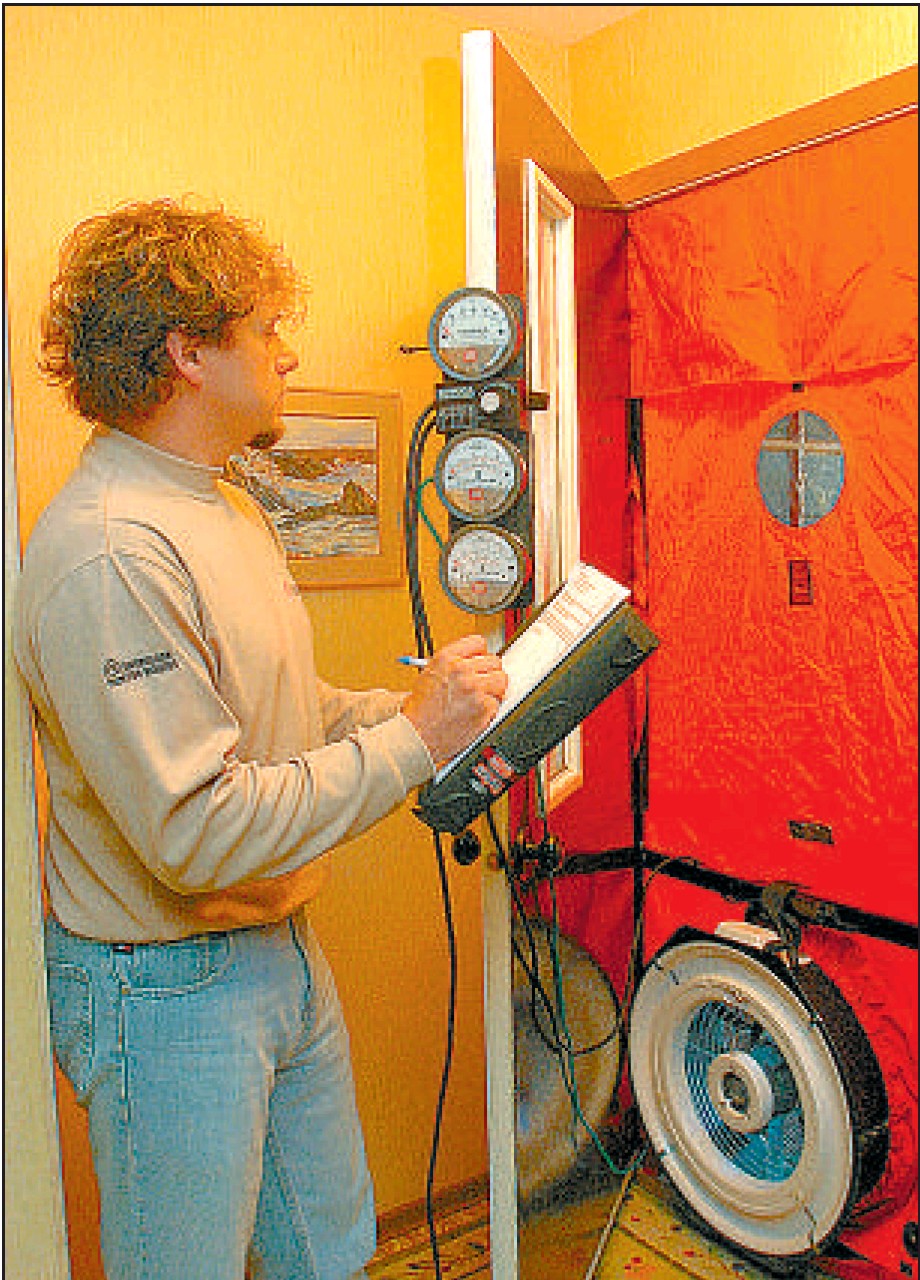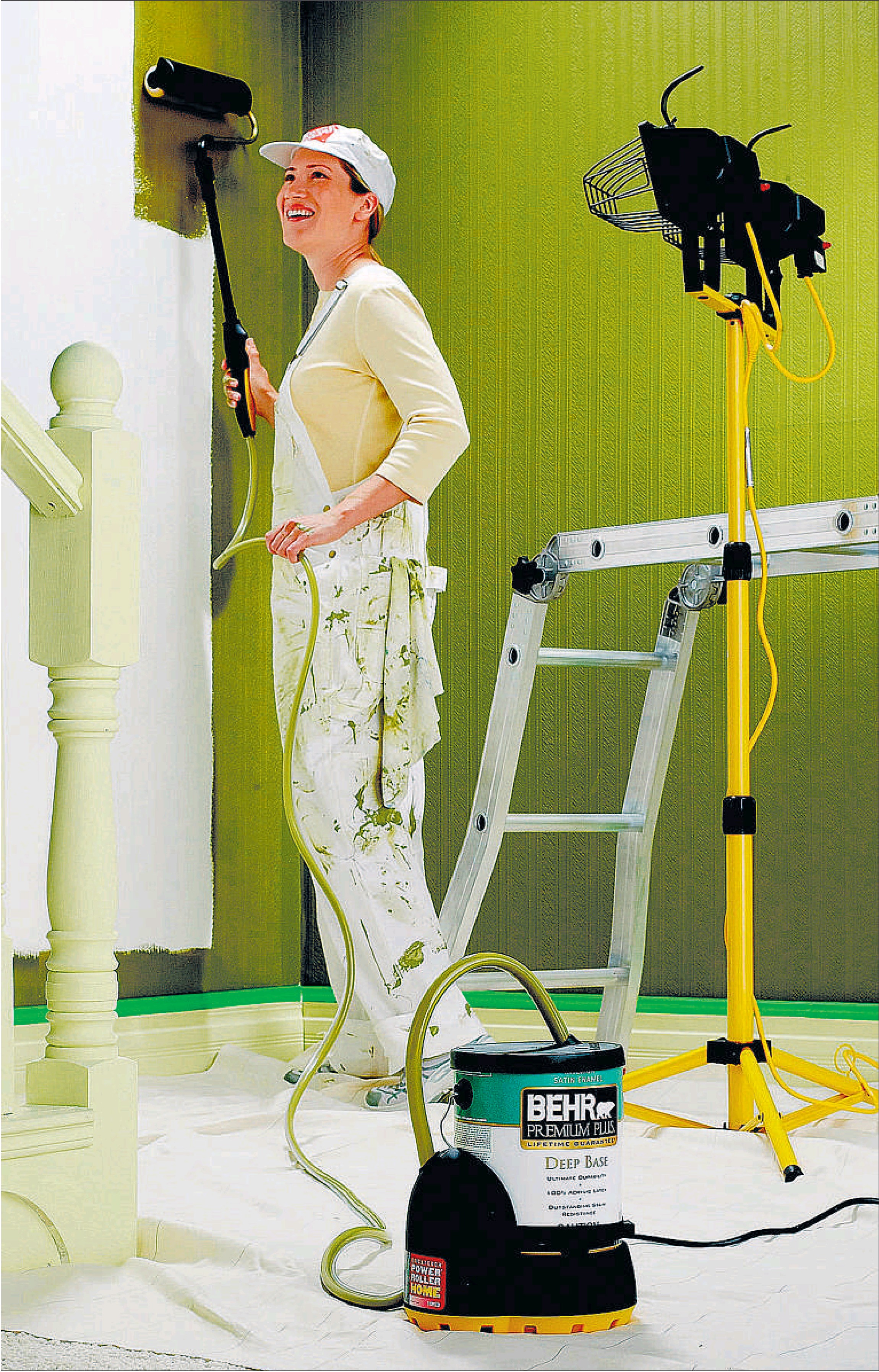MIKE HOLMES
Sun

If your sink drains slowly, it might not be plugged. The problem could be improper venting. — VANCOUVER SUN FILES
You understand the importance of the drains in your home: They carry waste and water away from your toilets, sinks and appliances into the sewer system.
Drains work basically by gravity, so waste and water flow down and out of your house. But for your drains to work properly, each fixture — that’s every sink, washing machine, dishwasher, toilet — has to be vented. Without vents, the fixtures can’t breathe and won’t drain efficiently.
If your sink drains slowly, it might not be plugged. The problem could be improper venting, or your vent stack could be blocked with leaves or covered with snow.
Think of a pop bottle: If you have a full bottle and you remove the cap and then turn it upside down, what happens? Not much— the contents doesn’t drain easily. That’s because there’s no vent, no air behind the liquid. But if you put a hole in the bottom of the bottle the water will pour out easily because air is able to flow into the bottle as the liquid spills out. It’s vented.
The plumbing in your home is vented — you can see the vent stack sticking up about 12 inches on your roof (you might have more than one). This stack vents sewer gases up into the air and provides some pressure to “equalize” the system.
Each fixture is connected to a stack that vents outside, and each fixture also has a P-trap that holds water and won’t allow gases to escape back into your home from the main stack. If your home’s plumbing wasn’t vented at all, every time you drained a sink or flushed a toilet, water that was in the traps of the other fixtures in your home would be sucked away, too, leaving the trap dry. That would allow sewer gases to seep into your home, which are both smelly and potentially very dangerous.
The gases you might smell from a sewer are a combination of methane, carbon monoxide, hydrogen sulphide, nitrogen and many others that in combination can be toxic, corrosive, volatile or even combustible. (And they stink.) You do not want them in your home.
Your home’s plumbing has been designed to make sure the vent stack allows gases to escape safely, without re-entering your home through windows or air intakes, or anywhere near vents from stoves or furnaces.
If you are doing a renovation that involves relocating plumbing, or adding some new fixtures, your contractor will need to make sure that it is all properly and legally vented. This can add significantly to the cost of the renovation, if you’ve got to run a vent all the way up to the roof from your new basement bathroom, for instance.
You’ll need to do framing, drywall repairs and fix your roof at a minimum. In these situations, when it’s not easy to properly vent to the outside, a contractor (or plumber) might suggest you use a cheater vent, or air admittance valve (AAV). A cheater vent comes off the fixture — for example, a sink in a new powder room — and is buried in the wall. ( You can usually hear them sucking in air and gurgling behind the wall when the fixture drains.)
They’re called cheater vents because you and your contractor get to cheat a bit on the expense and labour of the plumbing job.
AAVs are not always allowable by code, and if they are used they have to be installed properly: They need to vent into an open wall cavity, not one full of insulation. The vent needs to come above the height of the fixture they are serving, and they must remain accessible. You can’t drywall over them.
AAVs are designed to not allow sewer gas out into your wall cavity. It’s a mechanical vent that allows necessary air into the system to help drains operate efficiently. Unless the gaskets in them are old and warped, you’re unlikely to smell any gas from them.
Personally, I always prefer venting to the outside and would use a cheater only as a last resort — like when a homeowner insists on having a sink in a kitchen island — and you can’t vent it any other way.






